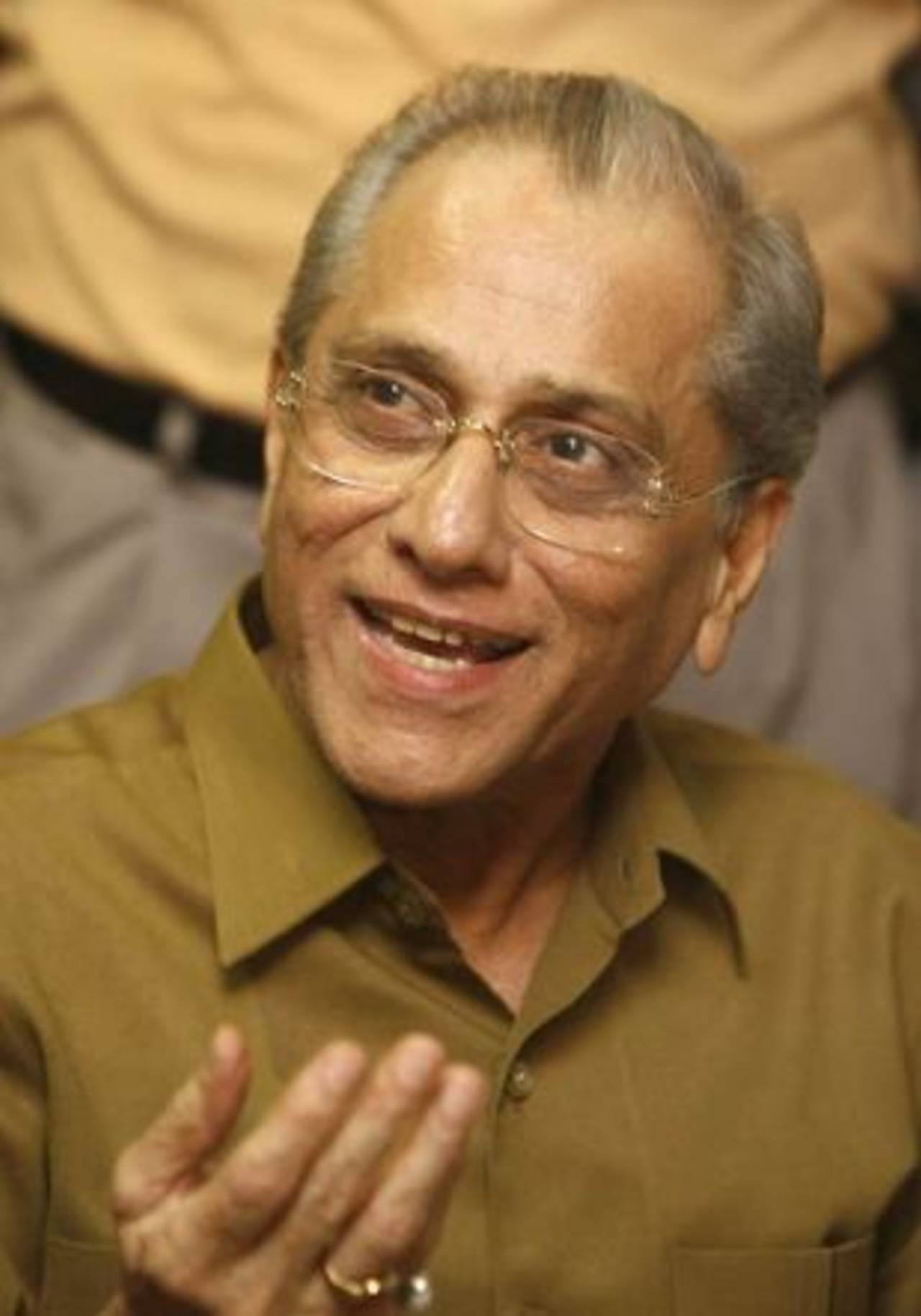The ICC becomes democratic
How cricket's governing body grew from an insular club to a commercial entity
Mihir Bose
15-May-2011

Jagmohan Dalmiya took cricket to hitherto unknown destinations • AFP
1993-1999
The story of the International Cricket Council is convoluted: it has had two changes of name, and the present ICC is vastly different from the organisation whose initials it has continued to carry. The first ICC was formed in 1909, and financed by South African money. Its original three members were England, Australia and South Africa, all white countries. The letters stood for Imperial Cricket Conference, and membership was open only to nations belonging to the British Empire.
This only changed on July 15, 1965, when the name was changed to International Cricket Conference and countries from all over the world could be admitted. However, as in the past, it was run as an exclusive club by English cricket: the MCC president was the ICC president and the MCC secretary the ICC secretary.
It was the growth and power of Asian cricket that began to force the pace of change, and on July 7, 1993 the International Cricket Council was formed. England and Australia, known as foundation members, lost their power of veto. The veto had been much resented by the Asian countries, and England using the veto to stop Zimbabwe from becoming a Test-playing country was its death knell.
The ICC began to look like a professionally run international sports organization. It now had only two classes: full members and associates; Sir Clyde Walcott became its first non-English, non-white chairman; and instead of the MCC, it acquired its own chief executive and a staff, albeit based at Lord's. But it lacked the money it needed to widen the game's horizons.
That piece of the puzzle was sorted when Jagmoham Dalmiya came into the picture. During the 1996 World Cup held in the subcontinent, Australia and West Indies refused to play their matches in Sri Lanka, citing security fears. The ICC could do nothing to force them to play. With days to go before the opening ceremony in Calcutta the organisers were worried the Cup would be ruined. It was at one such crisis meeting that Anna Punchi, then president of the Sri Lankan board, turned to Dalmiya and said, "We should have an Asian as the next president of the ICC."
Dalmiya was at that time not even president of the Indian board (IS Bindra was) but as convenor of PILCOM, the body that ran the World Cup, he had masterminded its terrific commercial success. So it was in 1997, after some protracted electoral wrangles, that an Indian became president of the ICC for the first time.
Dalmiya's election could not have come at a more crucial moment. The ICC's only income was the subscriptions that the members paid. David Richards, the chief executive working with Disney World, had been trying to get cricket going in America in the hope of organising one-day international matches and raising money. But this had failed and Dalmiya conceived the idea of organising a knockout tournament, now called the Champions Trophy, that would be played every two years by Test-playing countries.
When he sold the television rights for the first such tournament, held in Bangladesh in 1998, the ICC had funds for the first time and could operate as a proper international body. Dalmiya began an unprecedented quest to globalise the game; during his time, cricket tournaments began to be held at venues as far apart as Singapore and Nairobi, Morocco and Toronto, and at the same time the Asian subcontinent became the new centre of world cricket.
Mihir Bose is the author of A History of Indian Cricket and other books. This article was first published in Wisden Asia Cricket magazine in 2003